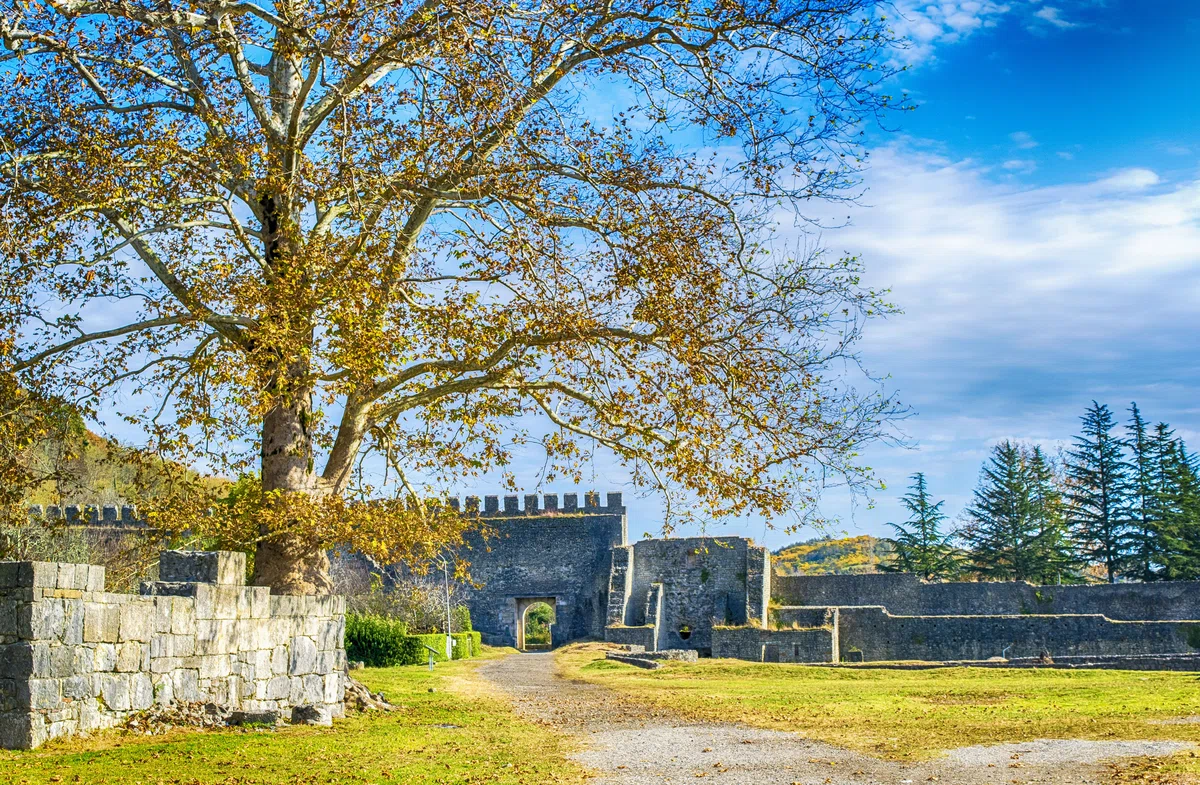
Visit the ancient citadel of Archeopolis. The ancient city of Tsikhegzhi.
The ancient city, which tells the story of an ancient state, consists of three parts, each of which was fenced. In the central part there used to be baths, churches, as well as the residence of the ruler. After the excavations, museums were opened here, in which the materials of the excavations and much more are exhibited.
The Greek name of Nokalakevi is Archeopolis (old town). Scientists believe that Nokalakevi is the mythological city of Ayia, from where the Argonauts led by Jason stole the golden Fleece.
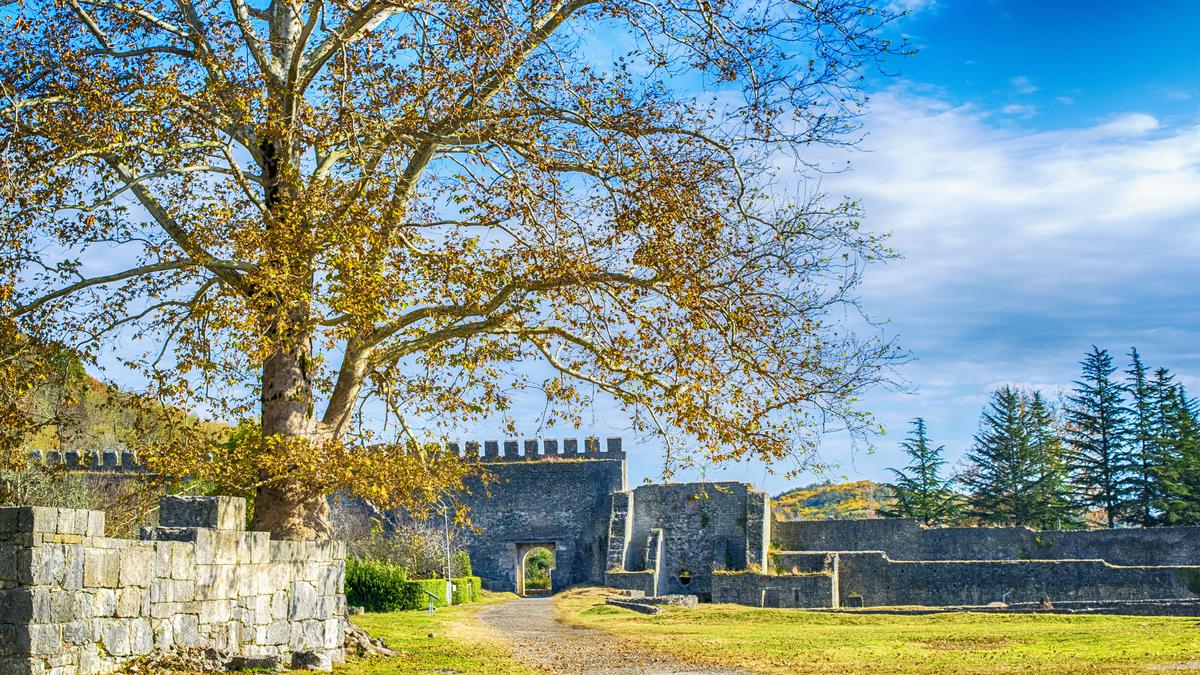
Tsikhegodzhi (Nokalakevi, Archeopolis) is located on the left bank of the Tehura River, in the village of Nokalakevi (Senak municipality).
Archiopolis (as the Byzantines called it) has been the capital of the ancient Georgian state of Colchis for centuries.
The Georgian historian Leonti Mroveli connects the construction of the city with the historical events of the late VI and early III centuries BC, when the king of eastern Georgia Farnavaz married his sister to the ruler of Colchis Kuji, who was given the status of eristava of Western Georgia. To strengthen his possession — Colchis – Kuji built the city of Tsikhegji.
The city, surrounded by a fence, covers an area of 20 hectares. It consists of three parts: a lower terrace, a plateau and an upper plateau with a citadel. These parts were separated by internal fences. In the central part there were the residence of the ruler, baths, a hall-type church and other various structures. The lower part of the throat was surrounded by a river on three sides.
In the ancient era and the Middle Ages, the Rioni River and its right tributary were navigable. Therefore, Nokalakevi could be reached both by waterway and by land. By land, the city could be reached by a flat road through the city gate in the eastern wall of the city; and by a waterway from the western part of the city through a cave.
In 1973, Georgian archaeologists conducted excavations on the territory of Archeopolis (the first leader of the expedition was Parmen Zakaraya). In 1976, the architectural and archaeological museum named after Parmen Zakarai was founded on the territory of the historical city, and in 1988 - the archaeological museum, which exhibits numerous materials discovered during the search and research work in Archeopolis.
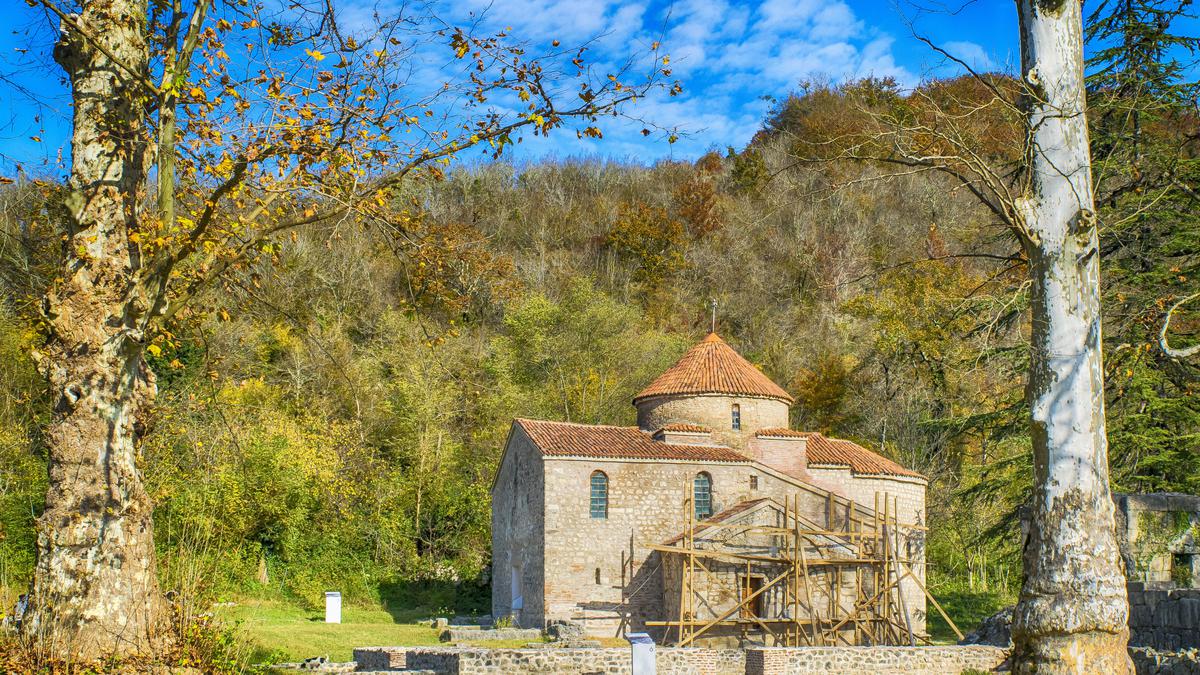
See all the sights of Georgia
-

🏰 Dmanisi Sioni: An architectural wonder and an important religious center of Georgia 🌍
Sights of GeorgiaThe Dmanisi Cathedral of the Mother of God is one of the oldest churches in Georgia, buil…
-

🔮 Church of the Ascension in Ozaani: History, frescoes and architectural features of one of the most interesting sights of Georgia!
Sights of GeorgiaVisit the unique church in Ozaani! Find out how to get there, what to take with you, wher…
-

Besletsky Bridge in Abkhazia: Legends, Secrets and How to Get to This Ancient Miracle
Sights of GeorgiaHow to get to the Besletsky Bridge in Abkhazia? Where to spend the night, what to take wi…
-
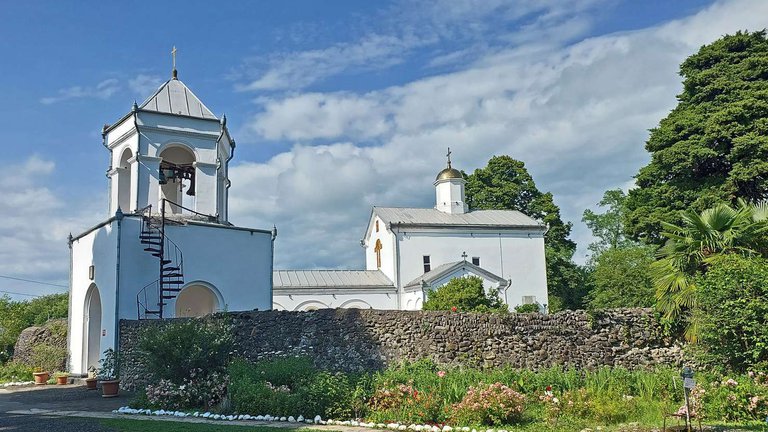
Ilori Temple in Abkhazia: Tragedy of Restoration, Disappeared Relics and Secrets Shrouded in Darkness
Sights of GeorgiaFind out everything about the Ilori Temple in Abkhazia: how to get there from different c…
-

A place that defies restoration: why is the Mokva Cathedral in Abkhazia called cursed and sacred at the same time?
Sights of GeorgiaPlanning a trip to Abkhazia? Don't miss the Mokva Cathedral, one of the most ancient chur…
-

The Lykhny Church of the Dormition of the Blessed Virgin Mary is a 10th century mystery that is worth revealing!
Sights of GeorgiaFind out how to get to the temple, what to see nearby, where to eat and stay, and what sp…
-

Dranda Cathedral of the Dormition of the Blessed Virgin Mary - Find out what one of the oldest temples in Abkhazia hides
Sights of GeorgiaFind out what the Dranda Cathedral in Abkhazia hides behind it! 🌍 Discover the mysterious…
-
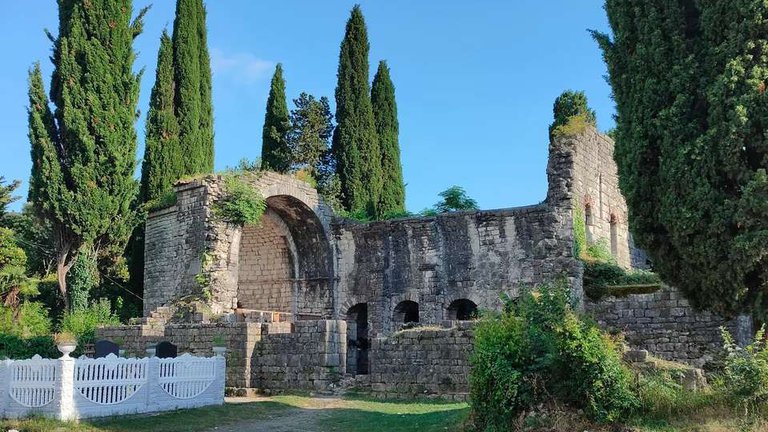
Tsandripsh Basilica: a unique Byzantine temple in Abkhazia that you must see!
Sights of GeorgiaThe Tsandrypsh Basilica is one of the most mysterious and unique sights of Abkhazia. Lear…












33 comments
Log in to leave a comment
Гектаров это вполне приличная территория, много чего можно посмотреть.
Старинный город состоит из трех частей –
нижняя терраса, плоскогорье и верхнее плато с цитаделью– каждая из которых была огорожена. В центральной части располагались бани, церкви, а также резиденция правителя. После проведения раскопок здесь открыли музеи, в которых выставлены материалы раскопок и многое другое.
В 1973 году проведены раскопки. В 1976 году – основан архитектурно-археологический музей заповедник, а в 1988 году – музей с обнаруженнными материалами.